Over the years I’ve seen/heard/read many purported “rules” when it comes to buying yixing teapots. They all claim to help you buy a good pot. I’ve believed some of them at some points, although, increasingly, I no longer rely on any of them. I thought I will list a few of the common “rules” that people have developed – ones that I think are actually leading you down the wrong path, and offer up an alternative instead.
Keep in mind that everything written here is from the point of view of someone buying to use their pots, especially smaller pots that are for, at most, 3-4 people. If you are looking to buy things for your collection – then it’s mostly a question of personal taste and preferences. I’m also fully expecting to see people who think what I write here is wrong. If you disagree, let me know why.
1) The pouring test – basically, putting water in the pot and then pouring it out. This test is supposed to check, mostly, for whether or not the pot drips or not. It is true that pots that drip are annoying, especially if you pour slowly, but actually, I’d argue that dripping is not the worst thing that can happen. The thing is, when it’s a small pot and you’re using it mostly for personal drinking (as I think many of my blog’s readers do) it’s actually quite rare that you will use it for pouring into multiple cups – that’s when dripping becomes a serious problem. During my normal day to day drinking, for example, I’d pour the contents of my pot straight into a cup that’s large enough for the pot’s size. Also, when pouring, the pot is tilted basically 90 degrees so the spout points down. In that case, whether a pot drips or not makes very little difference – it will pour into the cup, regardless. The same is true if you use a fairness cup and you empty your pot into that.
Instead, something to pay more attention to is actually the speed at which it pours. Crucially, it’s the speed at which it pours when it’s tea that is hot, not water. I’ve used pots that pour well when it’s cold water (what you’d use to test in a shop) but do poorly when it’s tea – tea has slightly higher viscosity, and in some cases, it does seem to matter. If you have a slow pouring pot, it can kill your tea drinking experience using it.
2) The lid test – there are various versions of this out there. The simple one is just whether or not the lid fits well or not – if it wiggles, the theory goes, it’s a badly made pot. The extreme ones claim that you should put water in the pot, fill it to the brim, put the lid on, hold the pot by the handle and spout while covering the spout, and then turning the pot over. A supposed truly well made pot will have a lid that doesn’t fall out.
Aside from the very obvious problem of running the risk of having the lid fall out and break (and thus making it very unlikely that vendors will let you try this before you pay) it also serves no purpose in tea making. A tight fitting lid doesn’t actually make your tea better. It doesn’t really help pouring (in fact, it might exacerbate slow-pouring problems) and it doesn’t even necessarily denote good craftsmanship. Most pots these days are made with molds – which seriously lower the bar set for tight fitting lids. Just because it fits tight doesn’t actually mean much for the drinker. A lid that is a bit loose, as long as it’s not excessive, is perfectly acceptable. We are not talking about lids that are almost falling into the pot here – those are annoying (I have one). A bit of wriggle won’t really matter much though.
3) Factory 1 is everything – there is a certain fascination with factory 1 teapots. In case you missed the memo, Yixing factory 1 was the main factory for making teapots back in the state-controlled days. Many famous potters got their start there, and so many early period pots might have (emphasis on might) been made by said famous potters. There are various theories out there as to what the signs are for a master-made pot – seeing, for example, 宜興å—åŸè‡£è£½ as opposed to èŠæºªå—åŸè‡£è£½ as the seal, for example. The idea is that factory 1 controlled the best clay, the best talent, and so the pots they made were the best.
Sure, that may be the case, and in terms of collectible value, a verifiable factory 1 pot is certainly worth more than one that isn’t. However, there’s a problem – it takes a serious amount of work to learn to distinguish what’s a factory 1 and what isn’t, and most people who sell these things haven’t a clue. They are just told by their friends (who sold them the pots) that they are, indeed, factory 1, and pass them on as such. There are probably way more factory 1 pots out there than factory 1 ever produced, just like there are far, far more Lao Banzhang on the market than all the tea Lao Banzhang has ever made in its entire history.
This is even more of a problem when you buy pots online, as many of my readers are likely to do. The signs of a well made pot – clay, craft, etc, are hard to discern through pictures alone. Unless and until you can handle the pot, or, if you feel adventurous, buying online is a real gamble. And also, given the cost of a real factory 1 pot these days, it’s a non-trivial amount of money (hundreds of dollars) to be gambling with.
Finally, the supposed value of a factory 1 pot is not really in tea making – and even if it does somehow improve your tea slightly, as I’ve stated a long time ago, the incremental difference (if any) is going to be pretty minor, all things considered. If you are hoping to buy one of these pots because you think it will dramatically improve the tea in your cup, you should invest the money in buying better tea leaves instead.
4) XXX clay is good for XXX tea – there has been an explosion of the names of clay types in recent years. An old teapot dealer here in Hong Kong who’s seen more teapots than I have drunk cups of tea tells me that until maybe 15 years or so ago, nobody cared what clay a pot is made with – the names are simply “red clay” “purple clay” or “duanni”. None of this “dicaoqing” “qingshuini” and a million different types of zhuni, etc etc. That, he thinks, is all just a ploy for sellers to get people to buy more pots – and I can sort of see why, as the completists in us want to collect something of everything. To him, the only thing that matters with the clay is whether it’s good or not – which is told not by the type (or more specifically, the name) of the clay, but rather by its texture and look and feel. He can’t name you what it is, but he can most certainly tell you if it’s good clay or not. Likewise, the idea that a certain type of clay, itself a dubious idea, is only good for certain type of tea, is a double dose of such myth perpetuation. Don’t buy into it. You don’t even need to use a pot with one single type of tea – using it with one family of teas is usually good enough.
At the end of the day, if you’re buying a yixing pot, just know that you’re not buying a power-booster to your tea – that’s not what it’s going to do. It may change your tea that you normally brew in, say, your gaiwan, but it won’t necessarily improve it – in some cases (depending on the pot) it may even make the tea worse. If you buy a pot, it’s because you want to use a pot and like to use a pot. If you want flexibility, stick with gaiwan. They’re cheaper and more versatile. Just don’t buy an expensive one – it will break.


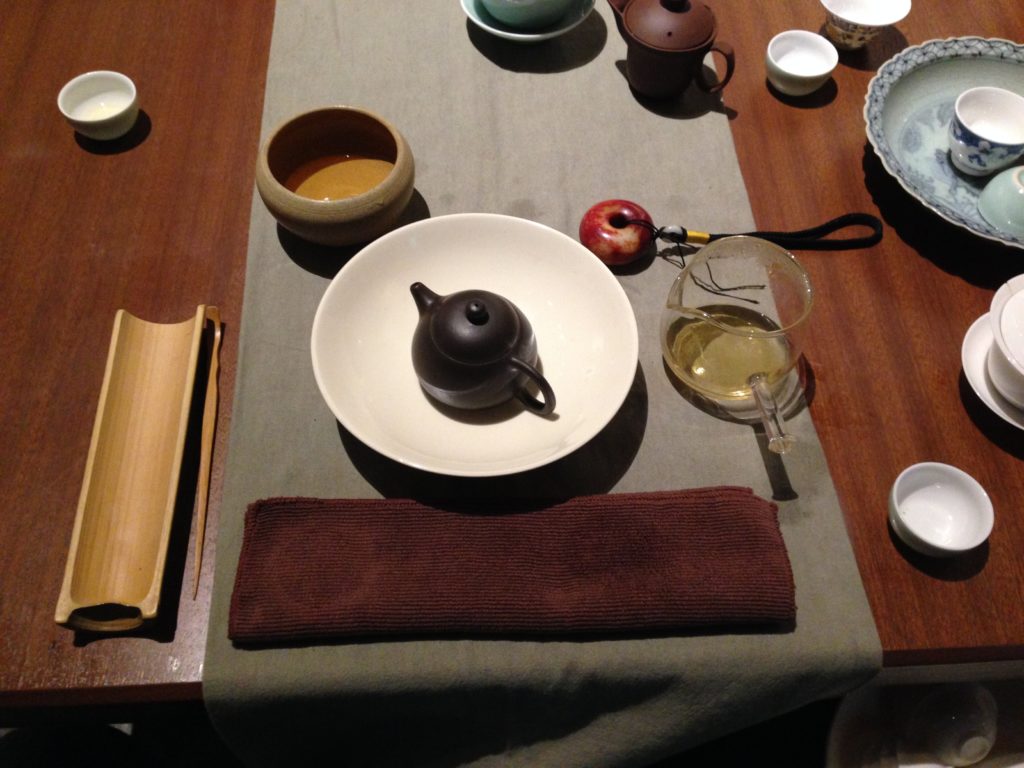
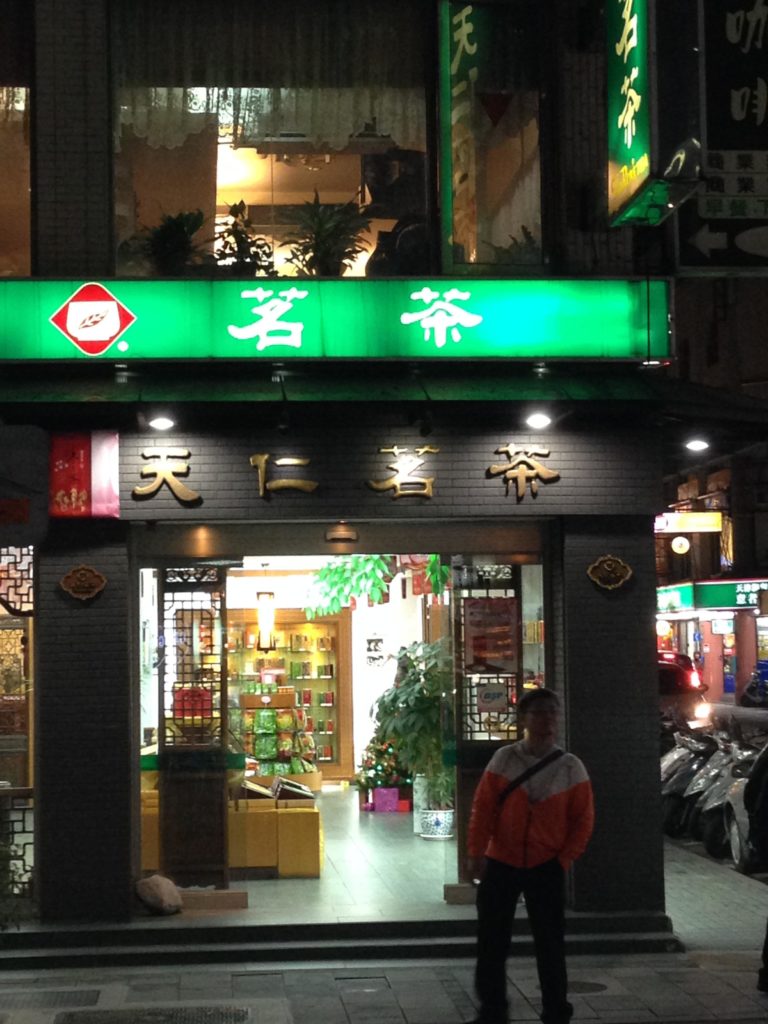



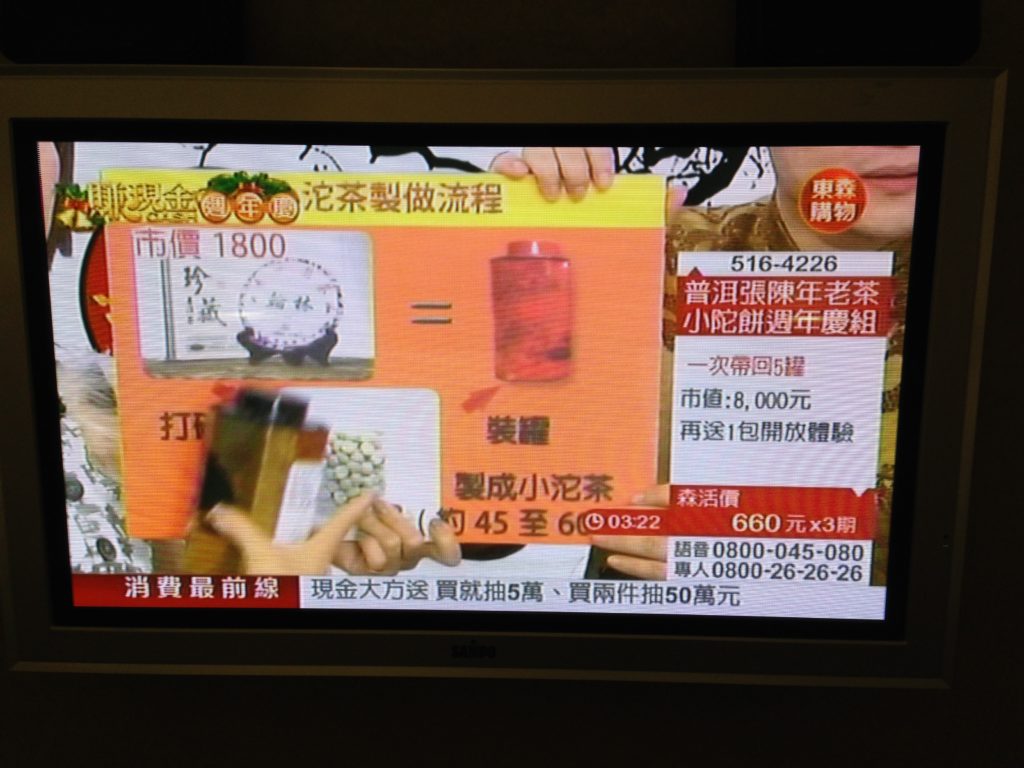

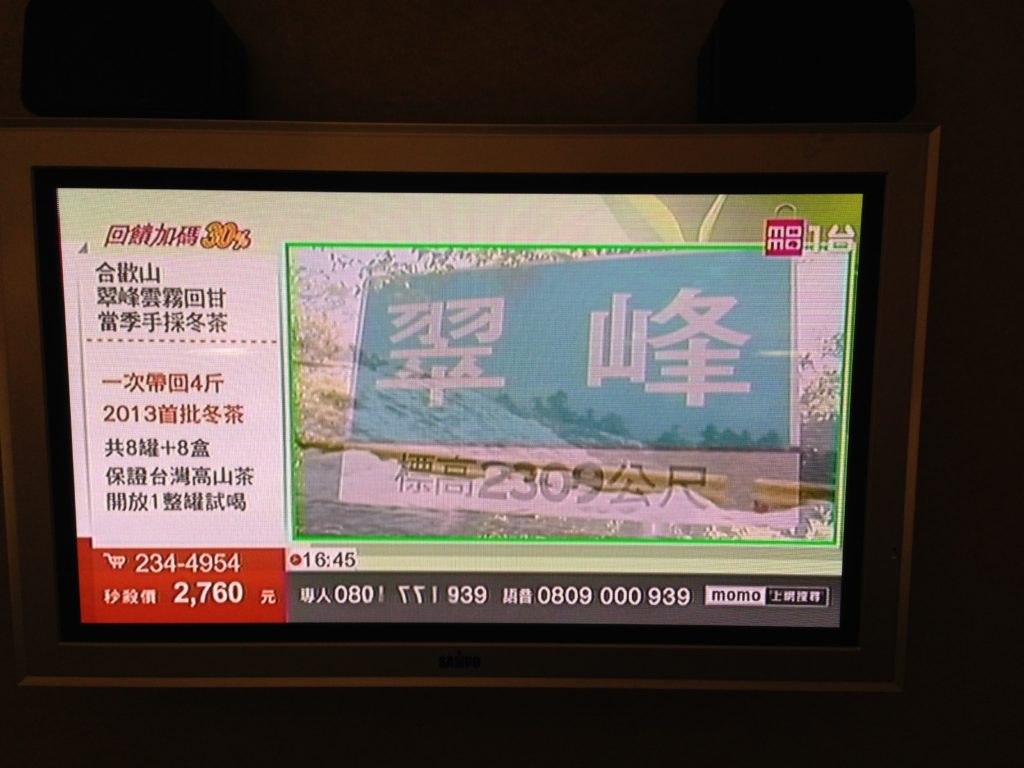



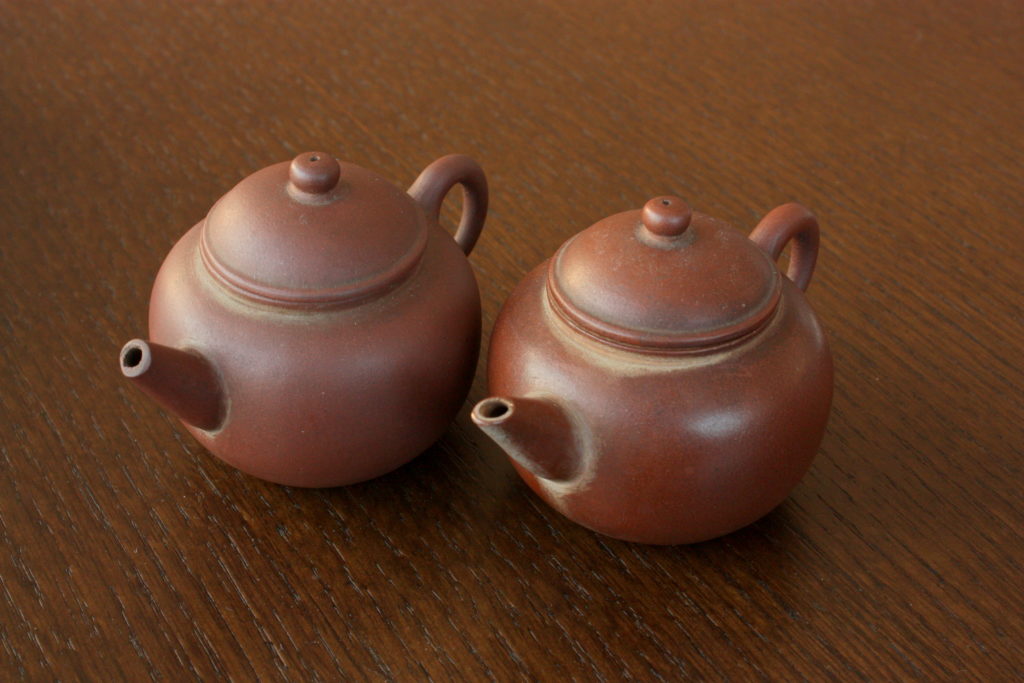
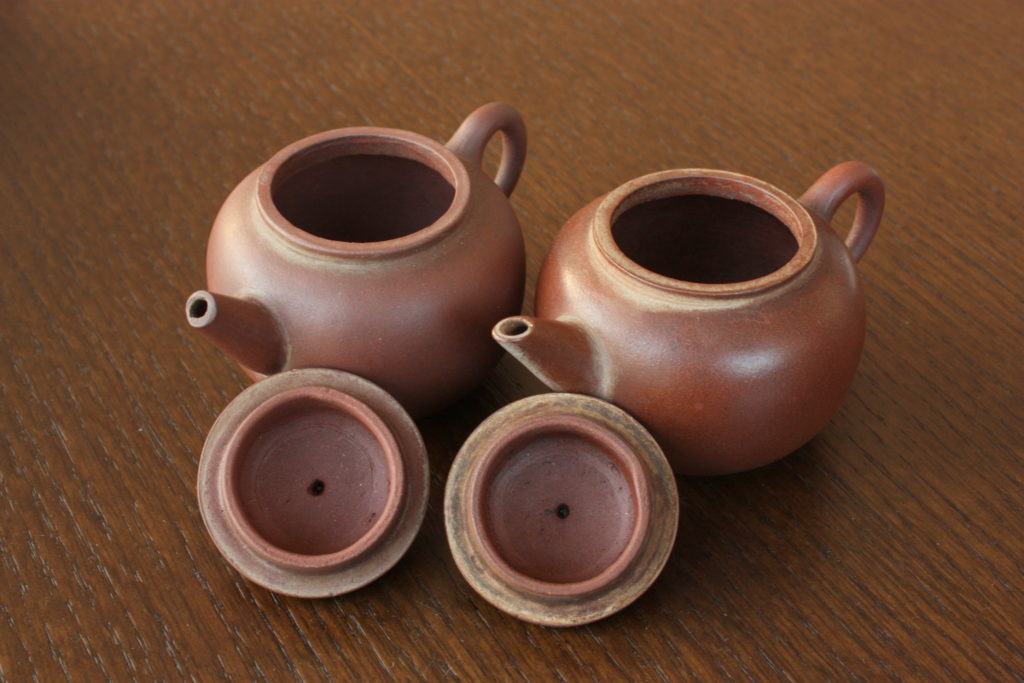



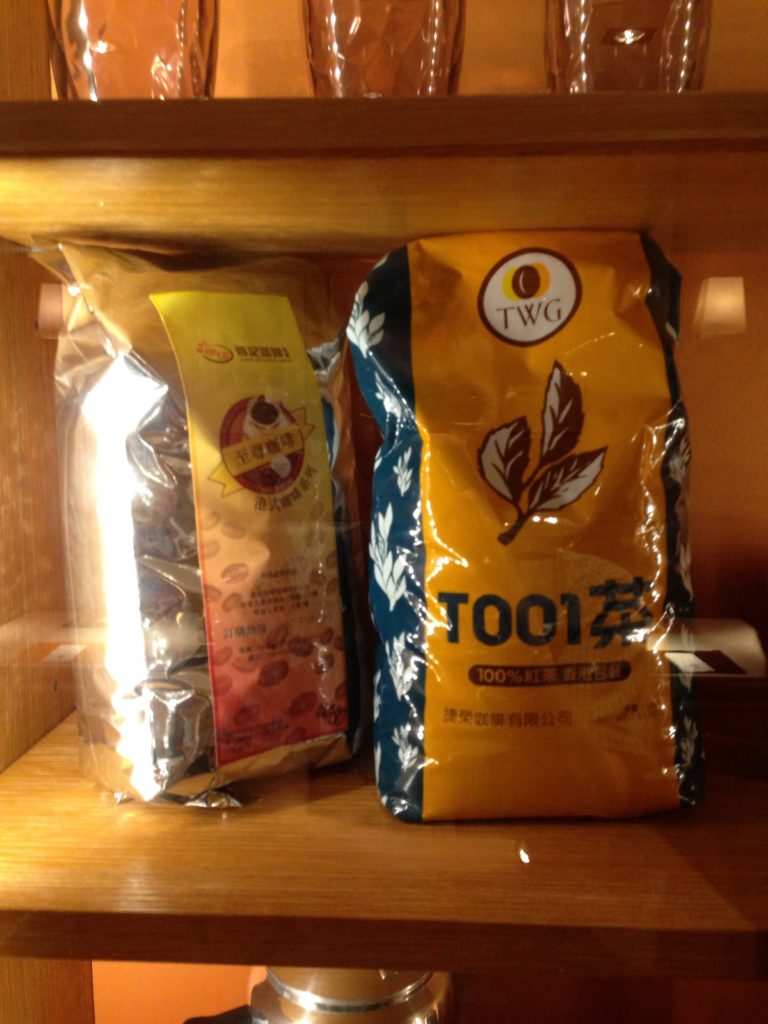

 RSS - Posts
RSS - Posts
Interesting.... would 250C in my oven work?